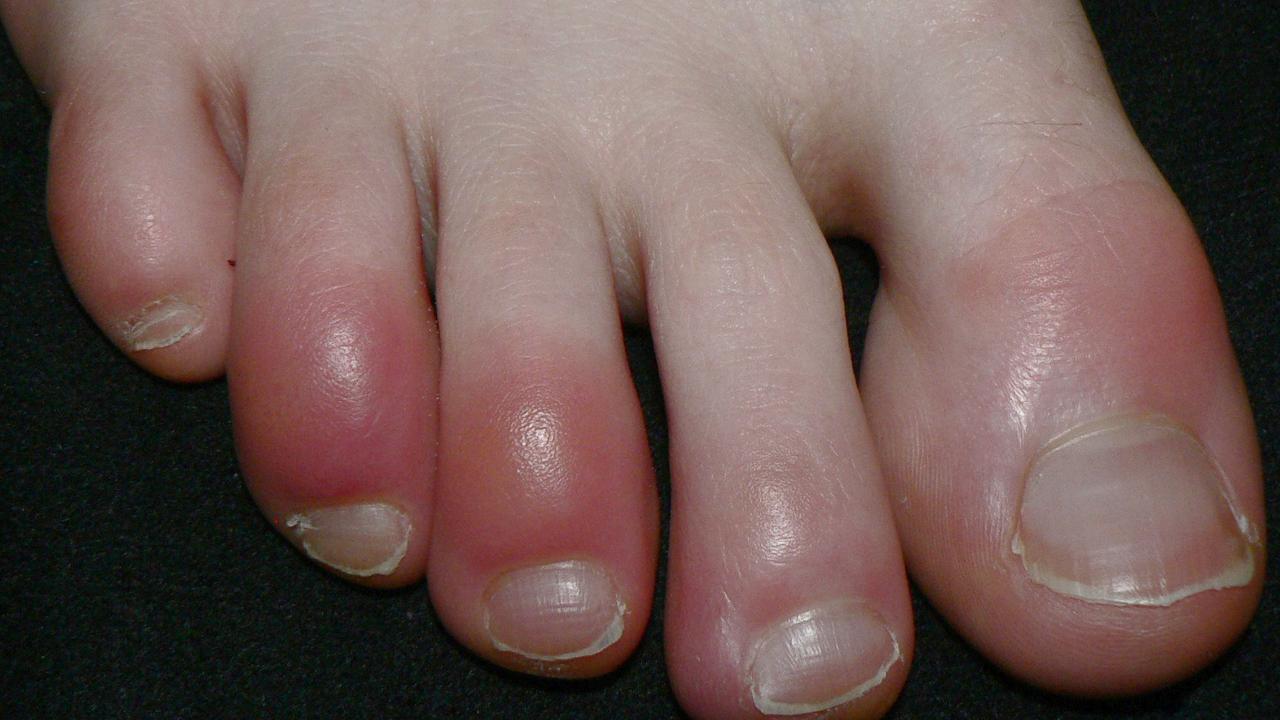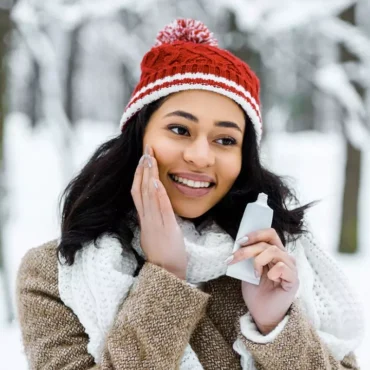Chill Blains

Introduction
The joy of snowflakes and the potential discomfort of chilblains are combined with the chill in the air that comes with winter’s snowy splendour. The skin’s reaction to cold temperatures, chilblains are frequently misinterpreted and undervalued, resulting in discomfort and irritation. This post will go into great detail about chilblains, including their causes, symptoms, prevention strategies, and practical methods for relieving the pain they cause.
Understanding Chilblains
When the skin is subjected to cold, moist circumstances, a localised inflammatory response known as a periorbital or perniosis takes place. The extremities, including the fingers, toes, heels, and earlobes, are commonly affected by these excruciating, itching sores. Although they are normally not dangerous, chilblains can cause discomfort and in those who are vulnerable, they may return.
Chilblain Causes
Cold Exposure: When the skin is subjected to chilly temperatures—not quite freezing—chilblains form. The inflammatory reaction may be triggered by a rapid warming of cold skin.
Inadequate Circulation: People who have low blood pressure are more likely to experience chilblains because their blood vessels may not be able to adjust to temperature variations.
Dampness and Humidity: The risk of chilblains is increased by damp and humid weather, particularly when it’s cold outside.
Close-toed shoes: Since they impede blood flow to the extremities, tight or ill-fitting shoes may be a contributing factor in chilblains.
Individual Vulnerability: Certain people have a genetic predisposition or particular health circumstances that make them more susceptible to chilblains.
Symptoms of Chilblains
Red or purple swellings: Affected areas could get purple or red discolouration and look bloated.
Scratching and Burning Feeling: A burning sensation and severe itching are common side effects of chills.
Ulcers or Blisters: Blisters or open ulcers may develop from chilblains in extreme situations.
Pain and Tenderness: There may be pain and/or tenderness to the touch on the affected area of skin, especially when the skin is warmed.
Precautionary Steps
Wear Layers of Clothing: Put on layered, thick clothing to keep the body warm in the winter.
Guard Your Extremities: In chilly weather, make sure your ears, toes, and fingers are well covered.
Remain Clear: In particular when it’s damp outside, keep your skin and clothes dry.
Stay Away from Tight Shoes: To avoid blood vessel constriction, wear insulated, well-fitting footwear.
Progressive Heating: Steer clear of abrupt temperature fluctuations when you go indoors. Reduce the chance of chilblains by gradually warming up chilled skin.
Natural Remedies for Chilblains
Warm Soaks: Use warm water to soak the afflicted areas to reduce pain and encourage blood flow.
Hydrate: Use a light, moisturising moisturiser to relieve dry skin and stop it from getting any worse.
Stay Warm: Keep your surroundings warm and dress appropriately to fend off the cold.
Steer clear of scratching: Avoid scratching as it might aggravate chilblains and raise the risk of infection.
When to Consult a Homoeopath
It is advisable to get advice from a skilled homoeopath if your chills worsen or continue. A professional in homoeopathy can offer a comprehensive evaluation and suggest treatments based on each person’s particular symptoms and constitution.
In conclusion,
having chlblains need not ruin your wintertime adventures. People suffering from chilblains might find respite from the pain and improve their general health with the gentle assistance of homoeopathy. Warmly welcome the winter months, both internally and by the comprehensive treatment that homoeopathy offers.


